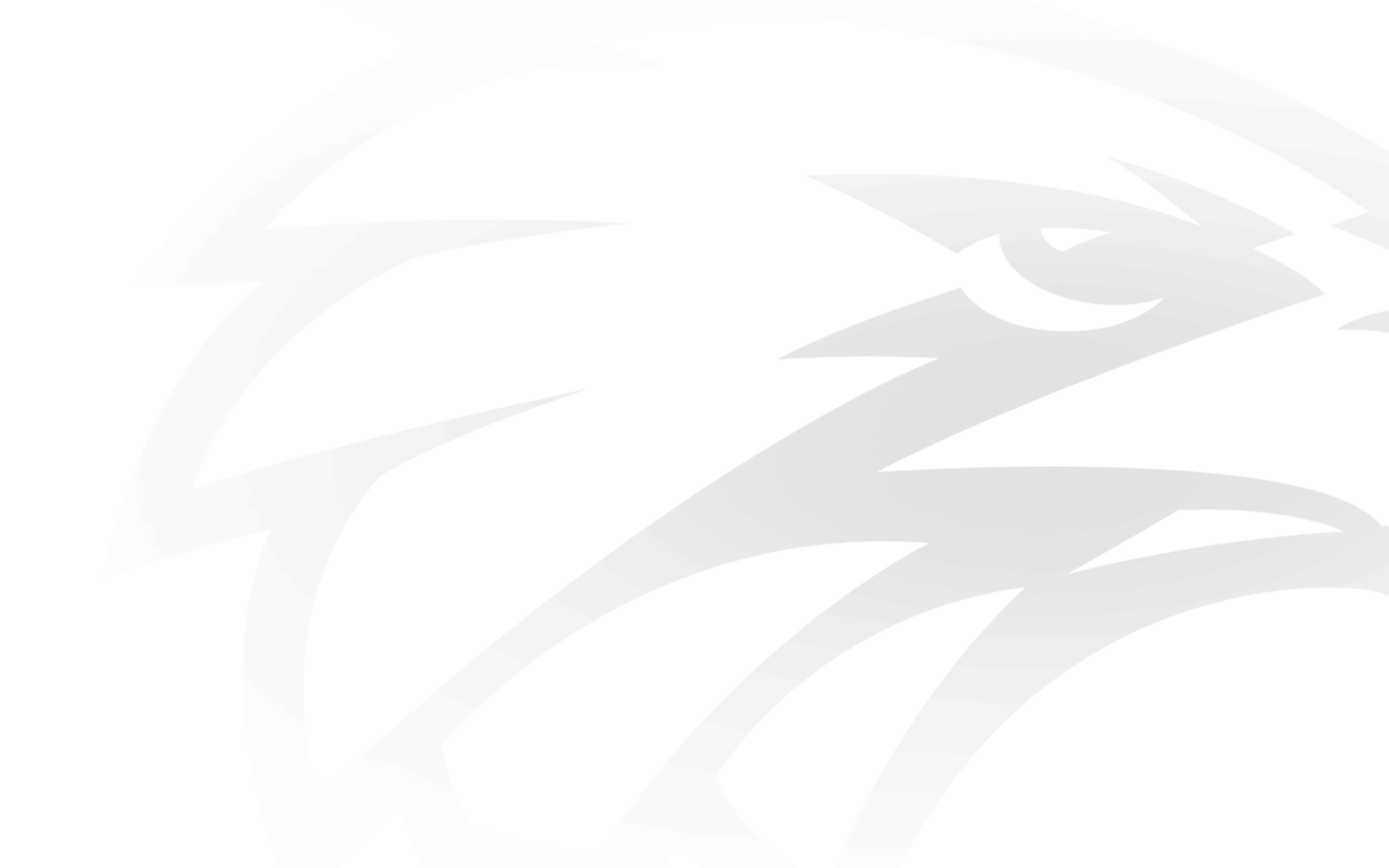No training base. No club facility. A team with a name but no identity.
That was the fledgling West Coast Eagles 37 years ago. Looking back, it’s almost absurd that such a team could compete at the highest level of the game. Let alone shake up the competition.
With a squad of just 35 players, 17 less than all of its competitors, Ron Alexander and his nomads set this club on its journey into the big time with 11 wins and 11 losses. It remains the highest winning ratio of any expansion club.
They finished eighth when a top five system operated in a 14-team competition. They defied the odds and created a distinctive character, laying the pillars of the personality that permeates through the club today.
Those pioneers will tomorrow be honoured when they are guests of the club at the round five clash with Richmond. They could be excused for pausing at some point to reflect on the stark contrast of Optus Stadium to their home ground at Subiaco Oval.
The club has come a long way, at least in a figurative sense, given its Mineral Resources Park home base is at Lathlain and the stadium are about five kilometres east of the former football headquarters.
It is, in some ways, symbolic of the paths travelled by those in the first squad.
Like little tributaries meandering into a much larger mass of water, the West Coast Eagles initial squad fed into the club from many and varied sources.
Some returned from the big pool on the east coast, some were resuscitated from metaphorical drying creek beds and others emanated from remote or yet-to-be discovered flourishing mountain springs.
Each of the 35 players on the inaugural Eagles list had their unique story. Together, though, they formed the foundations of what would become a powerful, successful entity in a national Australian football competition.
When we talk resilience, this is the poster team.
Many of the players signed on to the cause that was more hypothetical than tangible. The VFL and its clubs stonewalled for as long as they could before finally agreeing to admit the Eagles – and Brisbane – into the competition.
They resisted and most agreed not because they were visionaries, but because of their own financial hardships.
Delaying the decision bought them time to make one final raid on the WA talent pool as well as lock away talent that was already on their lists.
By the time this new entity was revealed on October 30, 1986 at a glitzy event at the Merlin Hotel (now the Hyatt) on St George’s Terrace, the blue and gold Eagles were behind the eight ball.
JOHN ANNEAR ... A PIONEER REFLECTS
They had about 160 days to prepare a squad to play at the pinnacle of the game, their first assignment against Richmond on March 29, 1987.
The experience – and signature – of Ross Glendinning, a star at East Perth who had won the 1983 Brownlow Medal while at North Melbourne was pivotal. When he committed others saw it as a sign of this club’s authenticity.
Dean Turner, Phil Narkle and John Annear returned from Melbourne clubs too.
Then there were those looking for another chance. Steve Malaxos, all-Australian captain in 1986, had returned to Claremont after a tough stint at Hawthorn where he found it tough to squeeze into a champion midfield.
He became the Eagles’ first Club Champion.
Robert Wiley, who had played a couple of seasons with Perth after returning from a five-year stint at Richmond resumed a VFL career he thought was finished at 95 games and a 1980 premiership with the Tigers.
Then there was former Collingwood utility player Geoff Miles, who had spent a couple of years at Claremont, but had his VFL career rejuvenated by the new club.
Adrian Barich had made his mark at Perth after being recruited from the ACT. Then there were seasoned WAFL players like Dwayne Lamb (26 at the start of the 1987 season), Don Holmes (28), Don Langsford (26) and Phil Scott (26).
At the other end of the spectrum, the club fended off overtures from Melbourne clubs keen to lure the likes of 1985 Teal Cup stars John Worsfold, Chris Lewis and Paul Peos.
Graham Moss, largely responsible for pulling the initial squad together, in conjunction with East and West Perth star George Michalczyk, did a great job considering the timelines, restrictions and hurdles imposed by the VFL.
Hawthorn star Gary Buckenara wanted to come but was forced by the Victorian Supreme Court to stay and fulfil an agreement with the Hawks. East Fremantle ruckman Paul Harding had signed a form four committing to the Hawks but did so before the advent of the Eagles.
He, too, was forced to play at Hawthorn before making his way home to play in the 1994 premiership. To add salt to the wound, the club was fined for ‘poaching.’
That came on top of some inflated transfer fees that included Malaxos and Miles despite both spending the 1986 season in the WAFL. Miles had also played for the Tigers in 1985.
Indicative of the efficiency of the recruiting team was that Michael Brennan, Worsfold, Lewis and Chris Mainwaring played in both the 1992 and 1994 premierships while Lamb (1992), and David Hart (1994) also tasted the ultimate football achievement.
They forged the first chapter in club history and this weekend we pay homage to them.


